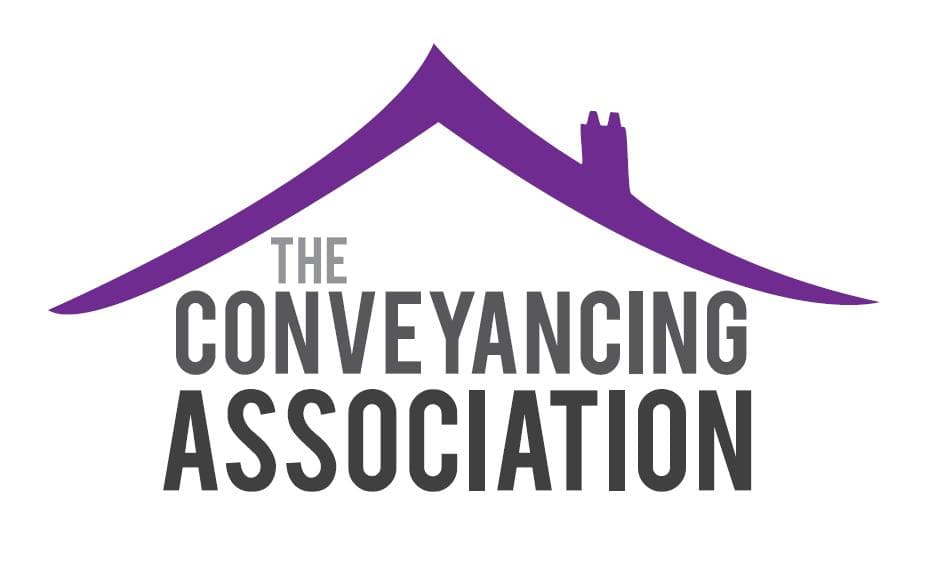Understanding Conveyancing: The Key Steps to Transferring Property Ownership
Buying or selling a property is a significant milestone in anyone's life, but behind the scenes, there's a crucial legal process that ensures the smooth transfer of ownership from one party to another. This process is known as conveyancing, and it plays a vital role in property transactions.
We always recommend building your understanding of this process before you start your transaction.
What is Conveyancing?
Conveyancing is the legal process of transferring ownership of a property from the seller to the buyer. It involves various steps and legal requirements that must be fulfilled to ensure a legitimate and secure property transaction. While some buyers and sellers may choose to handle conveyancing themselves, it is highly recommended to seek the expertise of a qualified solicitor or licensed conveyancer to navigate the intricacies of property law.
The Conveyancing Process
Pre-contractual Stage
The conveyancing process typically begins with the pre-contractual stage. During this phase, the seller's solicitor or conveyancer will gather all relevant information about the property. This may include obtaining title deeds, conducting land registry searches, investigating local authority records, performing environmental searches, and examining any other relevant documents pertaining to the property.

Drafting the Contract
Once the necessary information has been gathered, the seller's solicitor will draft the contract of sale. This document outlines the terms and conditions of the property transfer, including the agreed-upon price, any fixtures or fittings included in the sale, and other essential details
Negotiations and Inquiries
After receiving the draft contract from the seller's solicitor, the buyer's solicitor will carefully review the document. They may raise inquiries or questions about the property, seeking clarification on specific points or requesting additional information. The seller's solicitor will respond to these inquiries, and negotiations may take place to resolve any outstanding issues.
Exchange of Contracts
Once both parties are satisfied with the terms and conditions outlined in the contract, and all inquiries have been addressed, the next step is the exchange of contracts. Both the buyer and seller will sign identical copies of the contract, and these will be exchanged between the parties. At this point, the transaction becomes legally binding, and the buyer usually pays a deposit as a gesture of commitment.
Completion
The completion date is the day when the final steps of the conveyancing process occur. On this date, the buyer pays the remaining balance of the purchase price, and the legal ownership of the property is transferred from the seller to the buyer. The buyer will receive the keys to the property, and the transaction is considered complete.

Post-Completion Stage
: After completion, the buyer's solicitor handles the payment of any applicable stamp duty and proceeds to register the change of ownership with the appropriate land registry. This registration is essential to ensure that the buyer's ownership rights are officially recognized.
The Importance of Professional Conveyancing
Conveyancing can be a complex and legally demanding process. As such, it is highly advisable to enlist the services of a qualified solicitor or licensed conveyancer to oversee the process. A professional conveyancer will ensure that all legal requirements are met, that the rights of both parties are protected, and that the transaction proceeds smoothly from start to finish.


